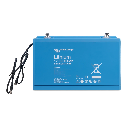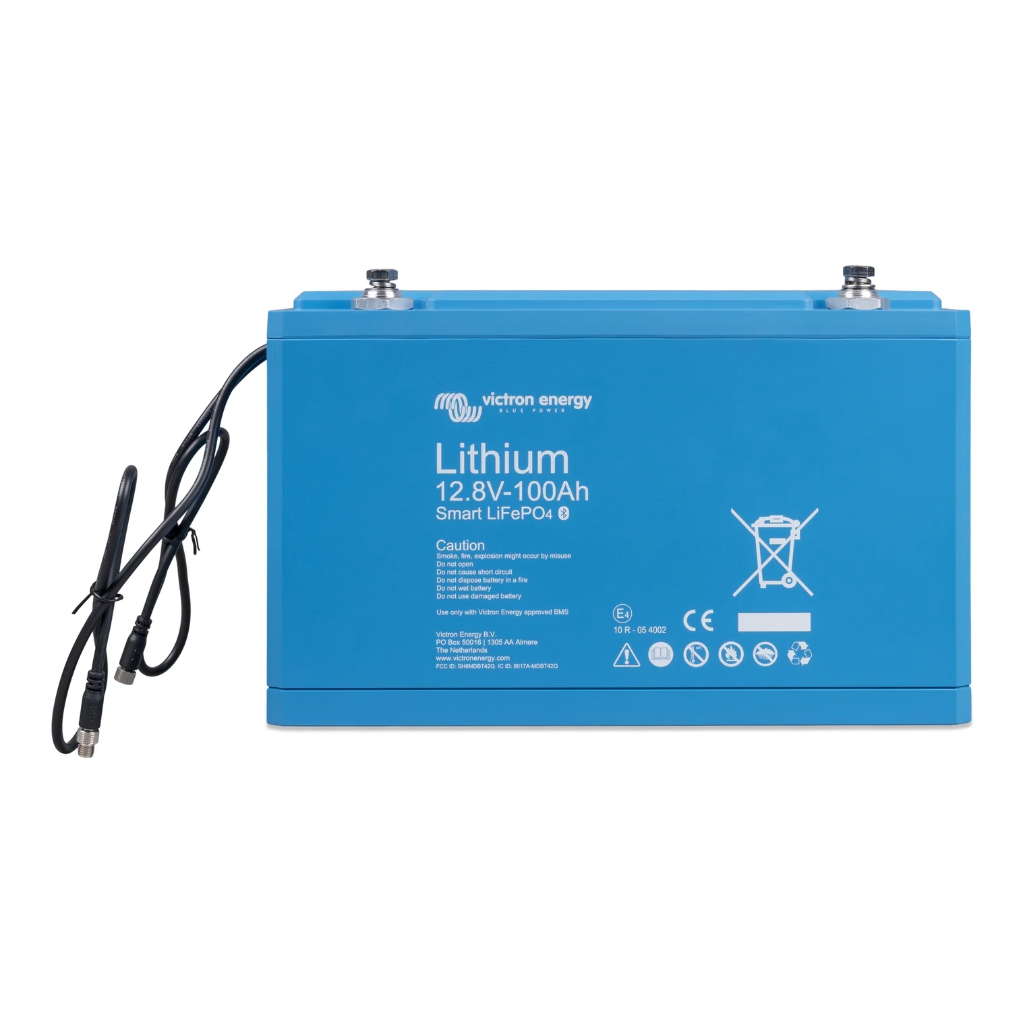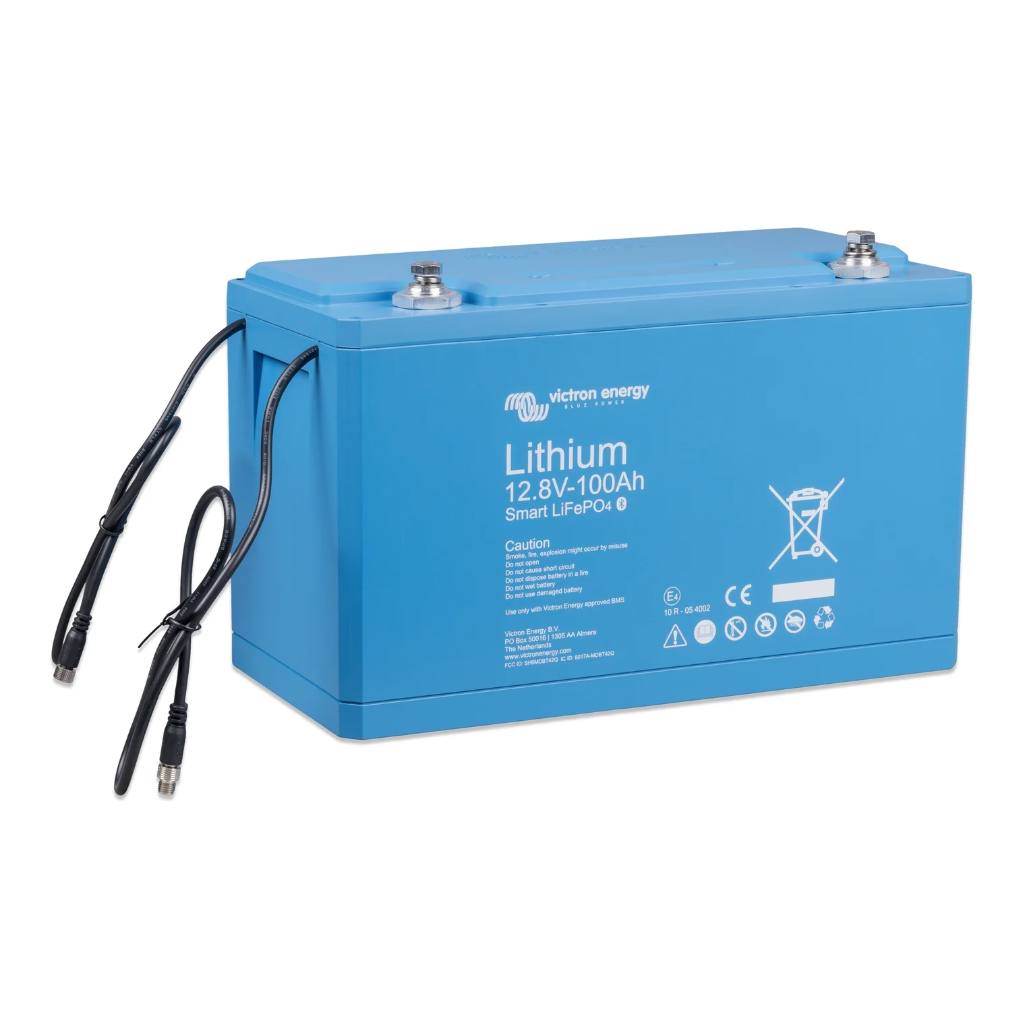Victron Energy – 12V/100Ah Smart LiFePO4 Battery - Group 31 | BAT512110610
THIS ITEM IS NOT INCLUDED IN THE FREE SHIPPING POLICY. WE WILL CONTACT YOU FOR A DELIVERY QUOTE.

Victron Energy – 12V/100Ah Smart LiFePO4 Battery (Group 31) | BAT512110610
Overview
The Victron Energy Smart LiFePO4 Battery is a high-performance Lithium Iron Phosphate (LiFePO4) battery, offering superior efficiency, lifespan, and reliability. Available in 12.8V or 25.6V configurations, these batteries can be connected in:
✔ Series – For system voltages of 12V, 24V, or 48V
✔ Parallel & Series/Parallel – To build a larger battery bank
Scalability: Up to 20 batteries can be connected in one system, achieving maximum energy storage of:
✔ 84 kWh (12V system)
✔ 102 kWh (24V & 48V systems)
Why Choose Lithium-Iron-Phosphate (LiFePO4)?
1. Durability & Longevity
✔ No sulfation – Unlike lead-acid batteries, LFP batteries are resistant to premature failure from partial or deep discharge.
✔ No full charge required – Service life is actually improved with partial charges.
✔ Wide operating temperature range – Performs well in extreme conditions.
✔ Superior cycling performance & low internal resistance – Ideal for high-demand applications.
2. High Efficiency
✔ 92% round-trip efficiency (vs. 80% for lead-acid).
✔ Better performance in solar/wind systems – Maintains 90% efficiency even under shallow discharge conditions.
✔ More effective charging – Unlike lead-acid, which becomes inefficient beyond 80% charge, LiFePO4 retains efficiency.
3. Space & Weight Savings
✔ Up to 70% smaller & lighter than equivalent lead-acid batteries.
4. Cost-Effectiveness
✔ While the upfront cost is higher, the long lifespan, reliability, and efficiency result in lower overall costs over time.
Smart Features
Bluetooth Monitoring
✔ Real-time monitoring of cell voltage, temperature, and alarms via Bluetooth.
✔ VictronConnect App – Displays key data instantly, without requiring a direct connection.
✔ Helps diagnose potential cell imbalances early.
Tailored Battery Management Systems (BMS)
✔ Six BMS models are available to suit different applications.
✔ System design & BMS selection guides are available in the battery manual.
Best Practices for System Design
✔ Minimize balancing time – Use 24V batteries for 24V systems and two 24V batteries in series for 48V systems instead of four 12V batteries.
Cycle Life (Capacity ≥ 80%)
✔ 80% Depth of Discharge (DoD): 2,500 cycles
✔ 70% DoD: 3,000 cycles
✔ 50% DoD: 5,000 cycles






